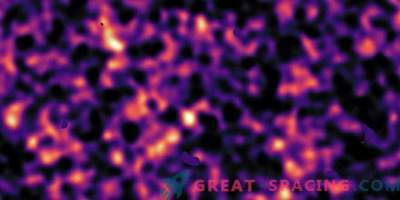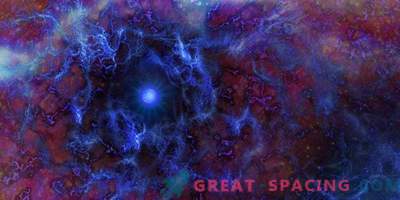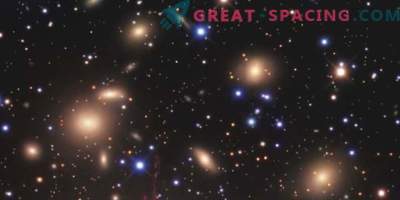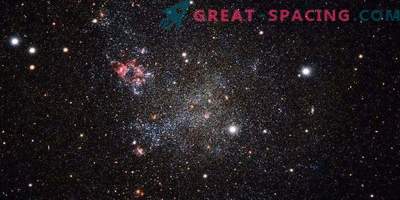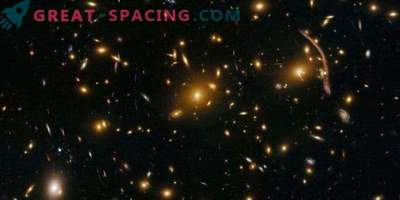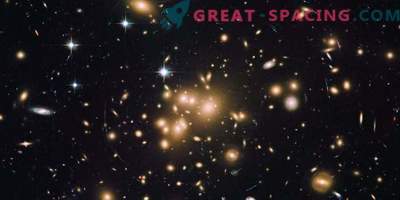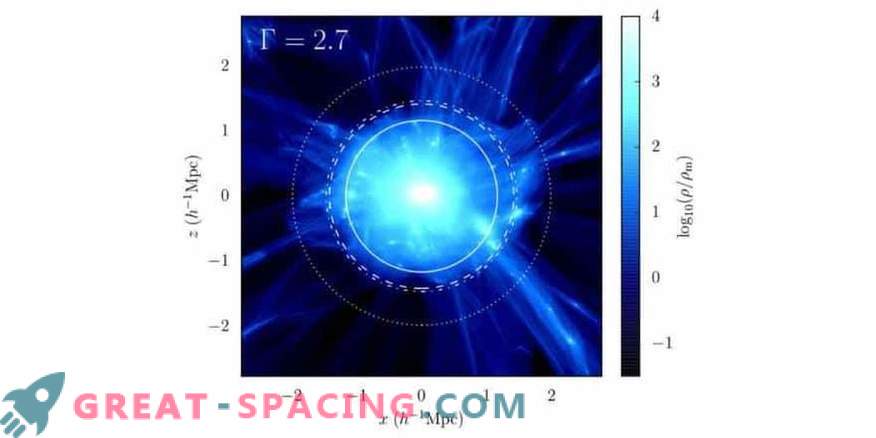
Image of a simulated cluster of galaxies, demonstrating the presence of a border or “edge”.
Research University of Pennsylvania can reveal the secrets of one of the most mysterious substances in the universe. In the 1970s, scientists realized that something strange was happening in galactic movements. The substance on the edge rotated as fast as on the inside. But the law of gravity says that on the outskirts everything slows down. The cause was dark matter, which does not directly contact with light.
Researchers believe that more than 80% of matter is locked in mysterious particles of dark matter, which affects everything. It extends to infinite spaces and reaches the most distant stars, creating a halo of dark matter. While the stars in galaxies rotate with a clear disc, these particles resemble an uncontrolled bee swarm, flying randomly.
Researchers Bhuvnesh Jain and Erik Baxter wondered if these haloes of the region have any boundaries. Usually it seems to us that such a transition should be smooth, but the modeling marks a noticeable feature. Scientists believe that the reason for this is the “splash effect”. “Imagine that you have a huge black matter halo,” says Baxter. “It gravitates the material and accelerates. When it falls into a halo, it turns and begins to go beyond the orbit. This turn is a splash, because the material is like a splash. ”
When “splashing” matter, it slows down. Since the effect occurs in different directions, the substance on the edge begins to accumulate and drops sharply. Using the Sloan Digital Celestial Survey, scientists examined the distribution of galaxies around clusters. After checking a lot of objects, they noticed a drop on the edge of the cluster. They also found evidence of this in the form of the colors of the galaxies. When they are filled with gas, they form a lot of hot stars (they appear blue).
“But these big ones live a short life,” says Baxter. “They explode.” The result is older stars and red ones. ”
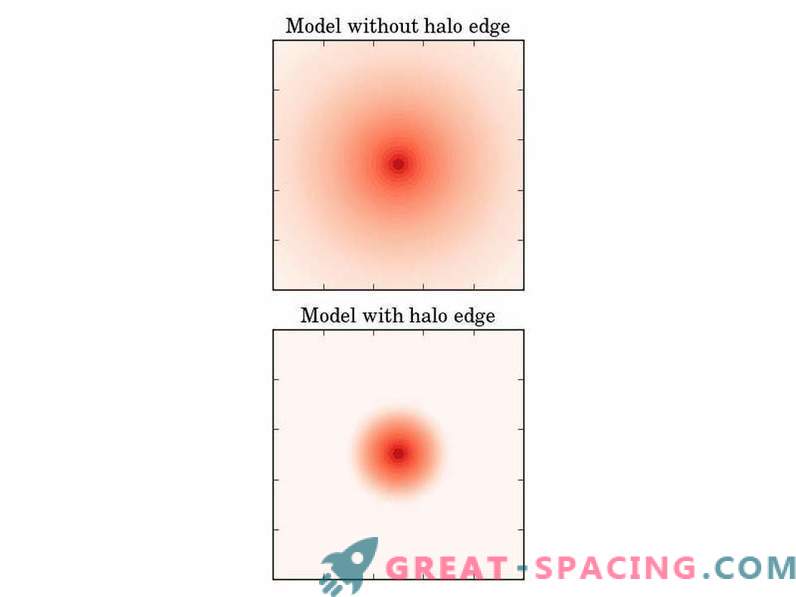
Two-dimensional comparison of two models for the halo density profile. In this case, the “edge” function is required.
When viewed from galaxies inside clusters, they appear to be red, therefore they do not form stars. The galaxy may cease to be active if the cluster is taking away gas. Because of this, scientists expected that the galaxies that spent more time on the cluster orbit would be red, and those that are beginning to fall would be blue. This was confirmed, because on the border there was a sharp shift of colors. And this is surprising, since changing the colors of galaxies is a long process. Researchers are working on another project using Dark Energy Survey. With it, you can create massive heavenly maps. He lingers on a certain area for several minutes, and then moves on to the next one. And all this is stretched over several years using a variety of filters.
To explore the halos, they apply galactic lensing (light bends under the gravitational influence of matter). This will help to track how clusters stretch images of galaxies behind them.
Scientists hope that their research will help to understand what dark matter is. If they calculate the halo edge of dark matter, they will be able to test in practice the Einstein's theory of gravity and reveal the nature of dark matter.



